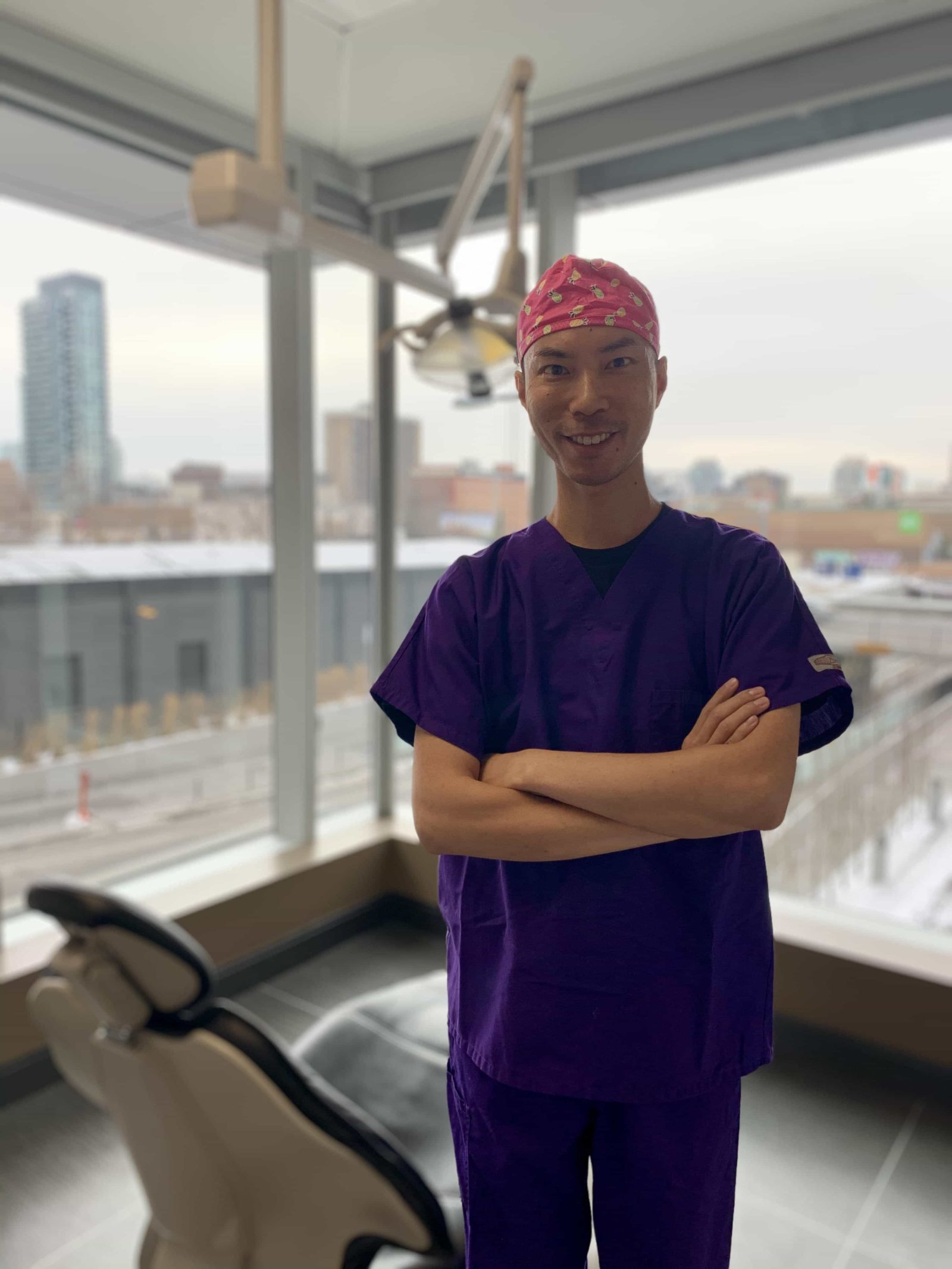When the moment comes to consider orthodontic treatment, it’s not unusual to feel a little trepidation. This nervousness doesn’t change the fact that great results are something many people want. What usually stands in the way is a misunderstanding of the process and a lack of knowledge about recent technological advances. In the initial days of cosmetic care, it was necessary to get impressions done using uncomfortable trays and unpleasant gels. Depending on the patient, this process could range from merely uncomfortable to a struggle against gagging. This is just one of the processes that have become a thing of the past in many dental clinics.
How Digital Impressions Are Changing Orthodontic Care
The recent innovations happening in digital imaging and dental technology have reduced the need for a couple of unpleasant steps. Impressions are still necessary for getting orthodontic work done, but the modern methods of creating them are much less uncomfortable. In fact, these impressions are created through the use of CRCT technology, resulting in an incredibly accurate image of your bony oral structures. Using these high-precision images, they can plan out your treatment. Unlike traditional imaging techniques, this can be done in moments without the use of uncomfortable bite trays.
In addition to reducing the amount of discomfort involved, these images have other notable benefits. They can be used to produce 3D models of your oral structures for use in the planning stages. Their 3D nature means that the digital images can be rotated to any angle to make it possible to identify more oral health concerns. This imaging technique addresses bony structures, but what if you need to view the soft tissues? There’s an answer for that too!
Modern dentistry makes use of a device known as intraoral cameras, which are essentially a small camera on the end of a hand-held boom. Getting imagery done with this camera is simple. You lay back, open your mouth, and the dentist puts the camera in your mouth and rotates it to get images of your oral cavity from all angles. Once again, these digital images can be used to make a physical model of your mouth’s interior.
CRCT and Intraoral cameras are important tools in modern dentistry. Digital imagery does more than just improve your current care. They can be sent to other providers without losing the original, and you can even receive a copy yourself. This can be done nearly instantly.
The benefits of CRCT and Intraoral imagery include:
- Imagery of the orofacial area that’s highly precise
- 3D Digital models are fully rendered, creating improved results
- 3D physical models can be created
- Traditional imaging methods are less necessary
- Treatment planning and diagnosis produce better results
Learn More About Digital Images From Your Dentist
More and more dentists have included this equipment in their dental practices, so it’s possible that it’s already in use at your clinic. Speak to your dentist and determine if these imaging methods are part of the care they provide.


